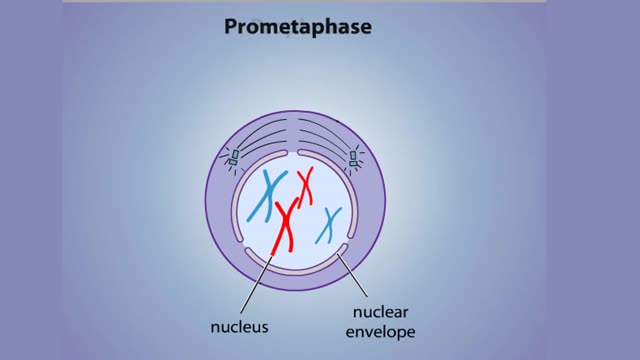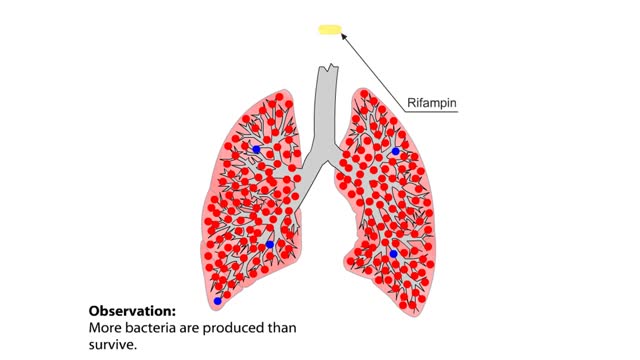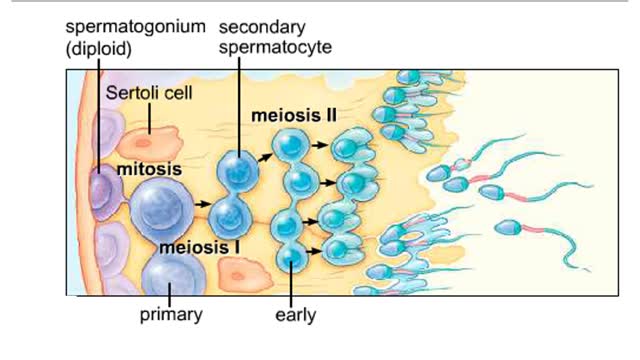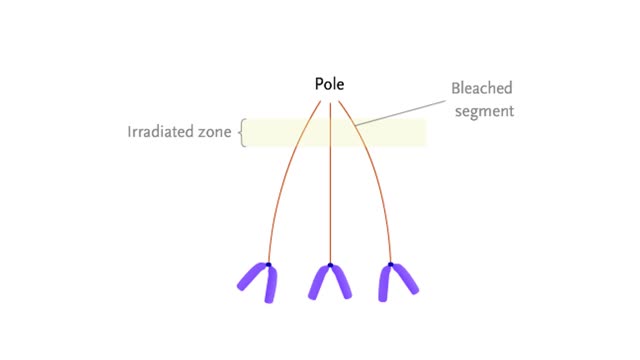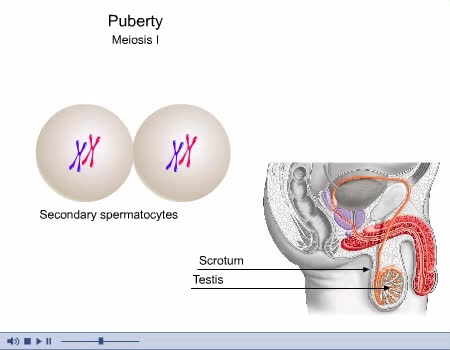Search Results
Results for: 'bacterial artificial chromosomes'
Stages of Mitosis - Prophase, Prometaphase, Metaphase, Anaphase & Telophase
By: HWC, Views: 11448
In mitosis, the nucleus divides to produce two nuclei that are genetically identical to each other and to the parent nucleus. To prepare for division, the DNA replicates in the preceding interphase. Although the chromosomes are not yet compacted and visible as discrete bodies, we illustrate them ...
Mycobacterium tuberculosis: Drug Resistance and Natural Selection
By: HWC, Views: 10498
The evolution of drug resistance in microorganisms, such as M. tuberculosis, that cause human diseases is of particular concern to biologists. When Mycobacterium tuberculosis infects the lungs of humans, it causes the disease tuberculosis, also called TB. Once infected, the lungs act as a new...
By: Administrator, Views: 14875
Conjunctivitis, also known as pink eye, is inflammation of the outermost layer of the white part of the eye and the inner surface of the eyelid. It makes the eye appear pink or reddish. Pain, burning, scratchiness, or itchiness may occur. The affected eye may have increased tears or be "stuck shu...
By: HWC, Views: 8570
Formation of membrane attack complexes. Complement proteins can activate when they bind to antibodies that are bound to a pathogen. Complement proteins also activate when they bind directly to bacterial surfaces. Cascading reactions yield huge numbers of different types of complement protei...
By: HWC, Views: 6320
Diploid organisms have pairs of genes, on pairs of homologous chromosomes. Each gene has a specific location on the chromosome. We call this the gene's locus. In this species, the locus for gene B is always between the loci for genes A and C. Most genes come in two or more slightly differen...
By: HWC, Views: 9865
Spermatogenesis takes place inside the seminiferous tubules. Diploid spermatogonia located near the outer edge of the tubule divide mitotically to form primary spermatocytes. The first meiotic division produces secondary spermatocytes with a haploid number of duplicated chromosomes. T...
X chromosome inactivation in calico cats
By: HWC, Views: 8738
X chromosome inactivation causes a mosaic tissue effect in calico cats. what makes this female calico cat "calico." Like all mammals, this cat began her life as a single cell. That cell had two X chromosomes, one from each parent. One of the chromosomes carried a dominant allele for the ...
Mechanisms for chromosome movement Animation
By: HWC, Views: 8847
At mitotic metaphase, the fully-formed spindle is composed of many microtubules that extend from the poles. Some of these, the kinetochore microtubules, are attached to the kinetochores of each chromosome. Kinetochores are located at the centromeres. At anaphase, sister chromatids separate and...
By: Administrator, Views: 15154
Spermatogenesis is the process by which haploid spermatozoa develop from germ cells in the seminiferous tubules of the testis. This process starts with the mitotic division of the stem cells located close to the basement membrane of the tubules. These cells are called spermatogonial stem cells. T...
Advertisement



